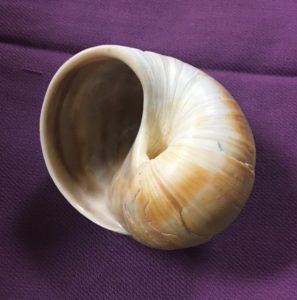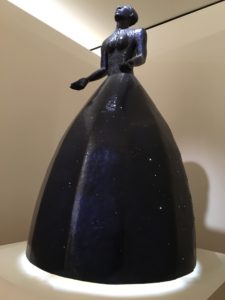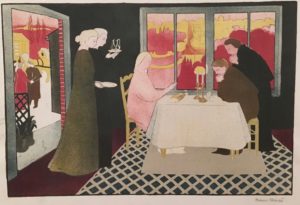During February, Black History month, I read work by Black authors, poets, and theologians. As the month ends and world events take an even darker turn with Putin’s invasion of Ukraine, a section of book Love Is the Way: Holding on to Hope in Troubling Times keeps surfacing in my thoughts. According to its author, Bishop Michael Curry, his grandmother and aunts knew how to hold on to hope despite “… the titanic power of death, hatred, violence, bigotry, injustice, cruelty, and indifference.” They sank their roots into ancestral wisdom accumulated through centuries of unspeakable horrors. They not only survived, he would say, but they thrived. They found joy.
My heart thirsts for such wisdom. For hope when the world seems to be falling apart. It’s not only the latest flagrant violation of human rights and international law instigated by Russia’s strongman president that anguishes my heart, though that’s top of mind now. It’s also the lack of collective will to deal with climate change. It’s the eagerness of many lawmakers in this country to legislate ignorance of its history and obfuscation of the truth because the dark chapters cause discomfort (as they should). Requiring teachers to wear microphones to monitor what they teach has been proposed in Florida’s state legislature. Remember “Big Brother” anyone? Republican legislators speaking at White nationalist gatherings. Attacks on transgender youth and their parents. Evil seems to be winning.
So, what did Curry’s grandma know that might help me hold on to hope? She knew how to “make do.” In the kitchen, that meant taking cheap cuts of meat and vegetable scraps, whatever they could afford, and turning them into delicious feasts of soul food for family and friends. “Making do” extended beyond the kitchen.
It meant taking the reality of the present, imagining possibilities, and making something new. Curry cites St. Paul, “Do not be overcome with evil, but overcome evil with good.” That’s “making do.” It sounds pie-in-the-sky. Naïve. Impossible. But the way of love is the only way to combat hate.
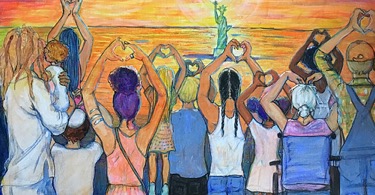
Curry highlights three ingredients of “making do.”
Ancestral Wisdom
The first is a deep dive into one’s tradition that’s more than rituals or surface observances. Delve into the wisdom of your ancestors and find the truths that enabled them to contend with the evils and challenges they encountered. He writes from the perspective of a Black man in America, looking to those who faced slavery, violence, and oppression yet still had hope for the future.
Besides finding inspiration from his stories, this call to draw from ancestral wisdom pulled me to stories of my Dutch relatives who participated in resistance movements during World War II. Of my father and so many of his generation who joined the battle against Hitler and Nazism. Of my grandmother, Becky, who made soup with a beet tossed to my mother by a vegetable vendor during the depression. Becky welcomed into her home a young woman who needed refuge from an unhealthy family situation. She lived with my grandmother and mom until she married.
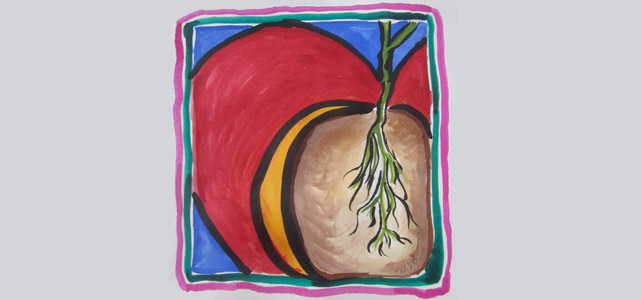
I find wisdom and support in the faith tradition of my roots: incarnational theology, social justice teachings, spiritual mentors like saints Benedict and Francis, like Dorothy Day and Thomas Merton.
Heroes like John Lewis, who never lost hope, left us his hard-won wisdom and a call to embrace the path of non-violence and love in the face of evil. It’s a long road requiring deep faith and immense courage, but it’s the only way that eventually brings true reconciliation and peace.
Imagination
Imagination is the second ingredient of “making do.” While faced with grim realities, some people imagine possibilities. They hang on to dreams of what the world could be; dreams that often are considered unrealistic. But think of movements and people who have changed the world. They all imagined something better, held on to their dreams, and worked courageously to make them happen. As Curry pointed out in his book, after his “bush-side” chat with God, Moses dreamed of a world without slavery.
Civil Rights leaders from Gandhi to Mandela to Martin Luther King Jr. all had dreams that ordinary people standing up to corruption and evil could change the world. The dream of Paul Farmer, the doctor, humanitarian, and medical anthropologist who died unexpectedly on February 21, was to bring state-of-the-art healthcare to the world’s poor. To most in that field, his vision seemed impossible. But along with a few friends and colleagues, he co-founded Partners in Health and changed the trajectory of global health efforts. Movements like “Black Lives Matter” and “MeToo” were begun by people who imagined a world without systemic racism or socially accepted abuse of women.
Today, Ukraine’s president Zelensky and the Ukrainian people clutch the dream that they can stand together, overcome ruthless Russian aggression, and remain a democracy. With support from the rest of the world, I pray they do.
It’s not foolish to hold on to a dream of a better world. It’s essential. Harlem Renaissance writer and poet Langston Hughes expressed their importance in his poem, “Dreams.” He called his readers to “Hold fast to dreams,” and wrote that when dreams die, “Life is a broken-winged bird/That cannot fly.”
God
The third ingredient Curry lists is God. Just as altering or adding a variable in an equation changes the outcome, Curry says, “When God—that loving benevolence behind creation, whose judgement supersedes all else—is factored into the reality of life and living, something changes for the good…Another possibility emerges.”
I don’t pretend to know how that works, how prayer makes a difference, but I believe it does. Perhaps when one is open to sacred Presence of Love and Goodness, that transforming Love flows through them freely into the world. Even a little bit. I believe Love let loose in the universe changes things for the better.
I also know that when facing fear and difficulties in my life, experiencing that Presence within provided the courage I needed to move forward. Courage to make decisions that brought love into the small part of the world I inhabit. I am not alone in the mess of life. No one is. The Holy One is within and is shared through those around us and through creation.
If evil and hate, spewed into life by a few or many, changes reality (the situation in Ukraine, for example), then infusion of goodness and love must also make a difference.
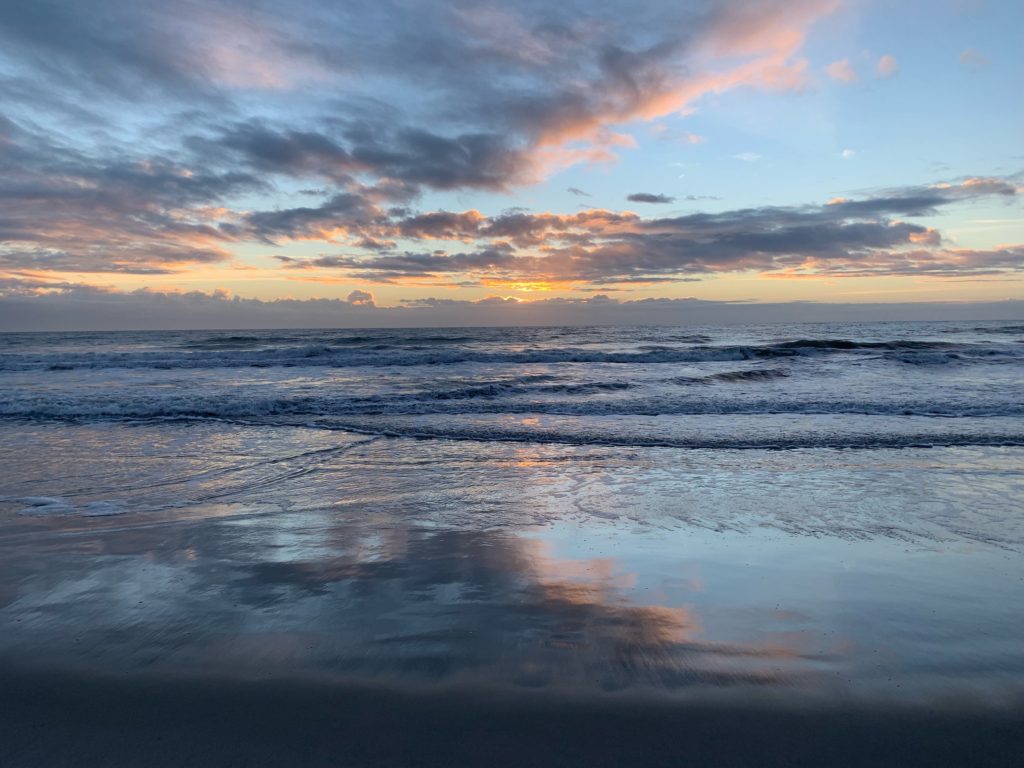
Finding hope
I’m still not awash in hope but I have dipped the fingers of my soul in it. I feel it in the courage and resolve of those around the world holding on to dreams in these days of crisis and anguish. I see evidence of it in lives of those who endured such times and worse in days gone by. People who have persevered in hope and who have made a difference. And I have experienced the Holy One within and seen that Love in others.
Hope, like prayer, is a communal thing. When I have none, I can draw on the hope of others. And when others find their hope buried beneath the days’ anguish and somehow, that day, if hope lives in my soul, they can draw on mine. It is through each of us that God is present. Individual acts of love seem small and ineffective in the face of overwhelming evil, but, in the end, they can and will, transform the world into what it was created to be: a place of life and light for all, for the Beloved Community.
The new dawn balloons as we free it. / For there is always light, / if only we’re brave enough to see it, /if only we’re brave enough to be it.
Amanda Gorman : “The Hill We Climb”
© 2022 Mary van Balen


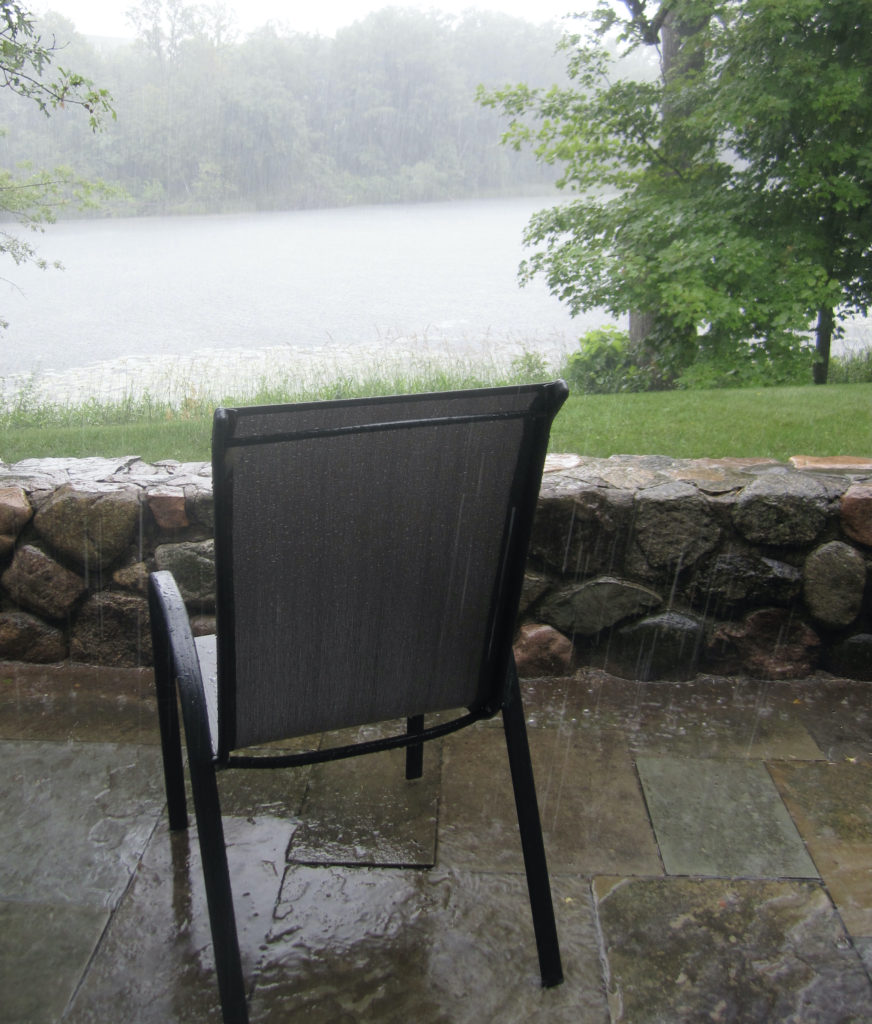
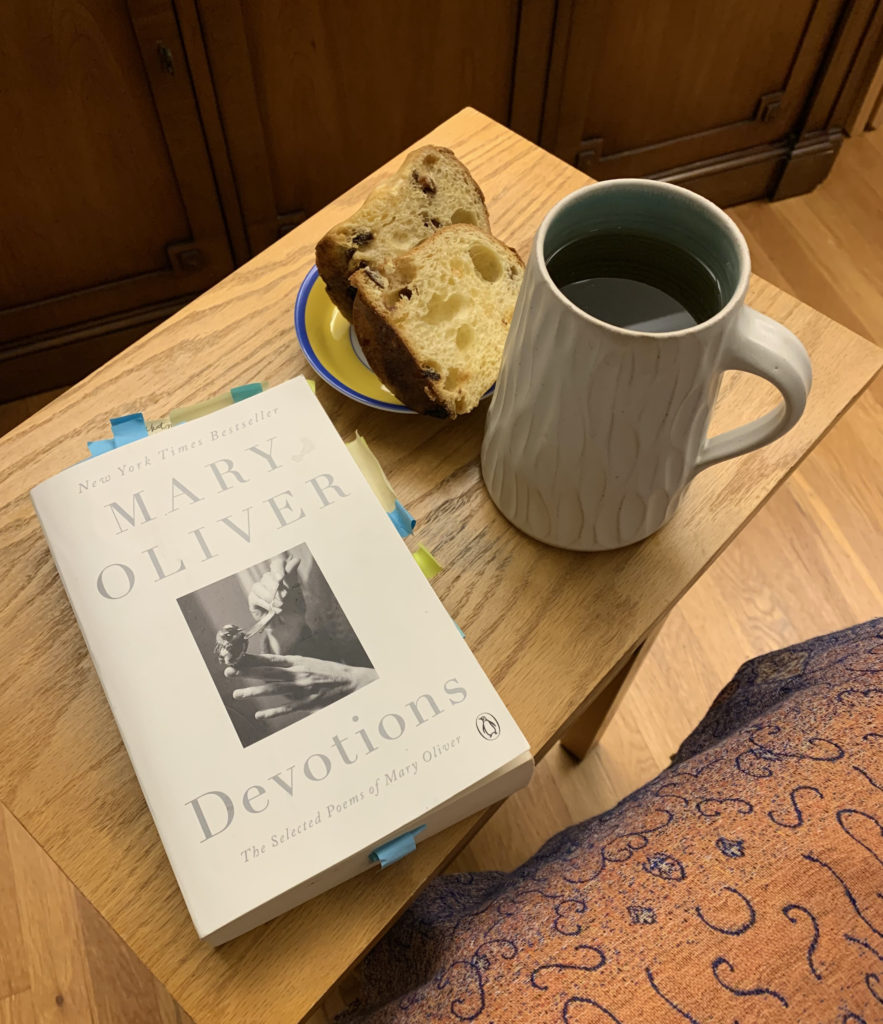

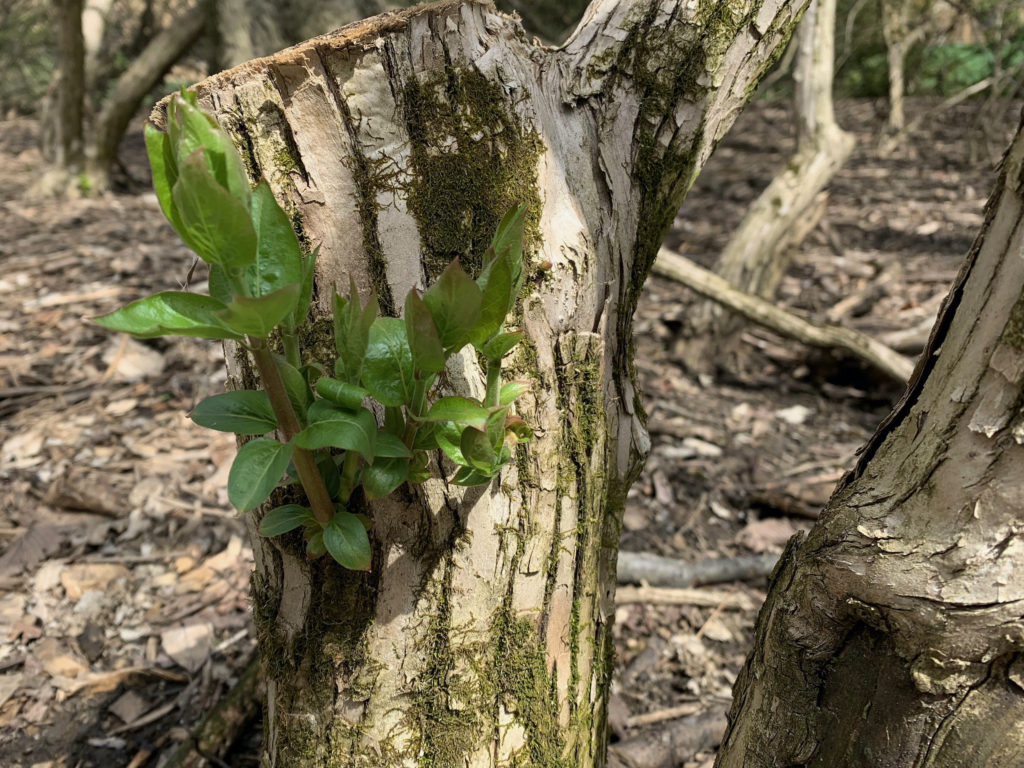





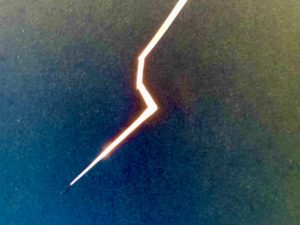 Full disclosure: I’ve tried to write this column for weeks. Thoughts and notes spill across my journal pages; drafts of documents sit on my laptop. Prayer and vigil candles are spent. Life feels heavy. Sometimes overwhelming. The state of our world and our country is revealing the dark, shadowy side beneath our comfortable façade. And cracks in that façade are everywhere.
Full disclosure: I’ve tried to write this column for weeks. Thoughts and notes spill across my journal pages; drafts of documents sit on my laptop. Prayer and vigil candles are spent. Life feels heavy. Sometimes overwhelming. The state of our world and our country is revealing the dark, shadowy side beneath our comfortable façade. And cracks in that façade are everywhere.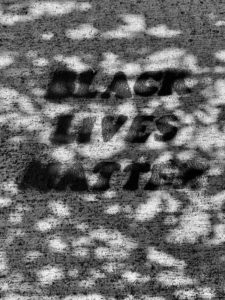
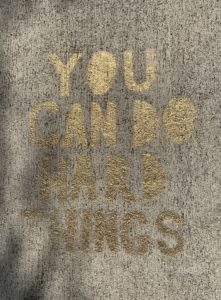




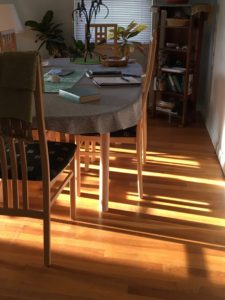
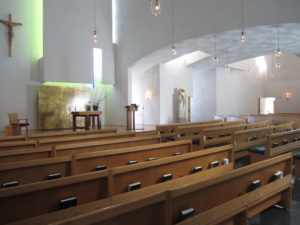

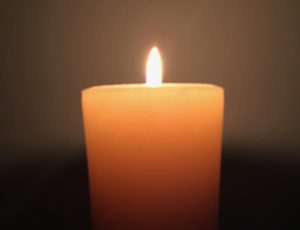 On Ash Wednesday I took tentative steps into the Lenten season. I wasn’t sure what disciplines to embrace, but that morning I lit a candle and sat quietly in prayer before going through liturgical readings for the season. I attended a noon service and stood in line to receive ashes on my forehead, remembering that I was dust and someday, to dust would return.
On Ash Wednesday I took tentative steps into the Lenten season. I wasn’t sure what disciplines to embrace, but that morning I lit a candle and sat quietly in prayer before going through liturgical readings for the season. I attended a noon service and stood in line to receive ashes on my forehead, remembering that I was dust and someday, to dust would return.